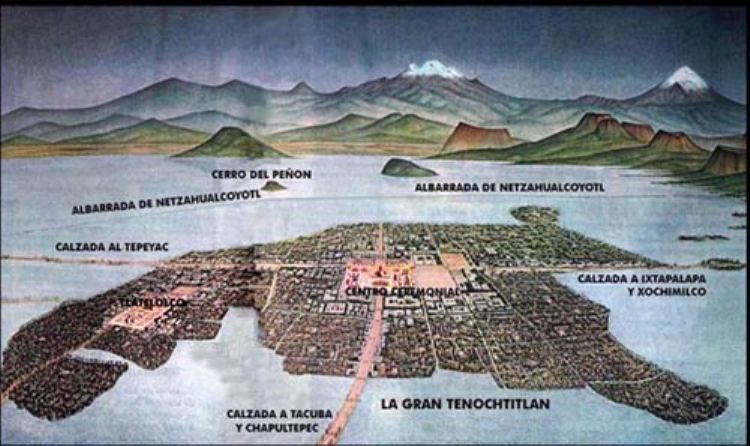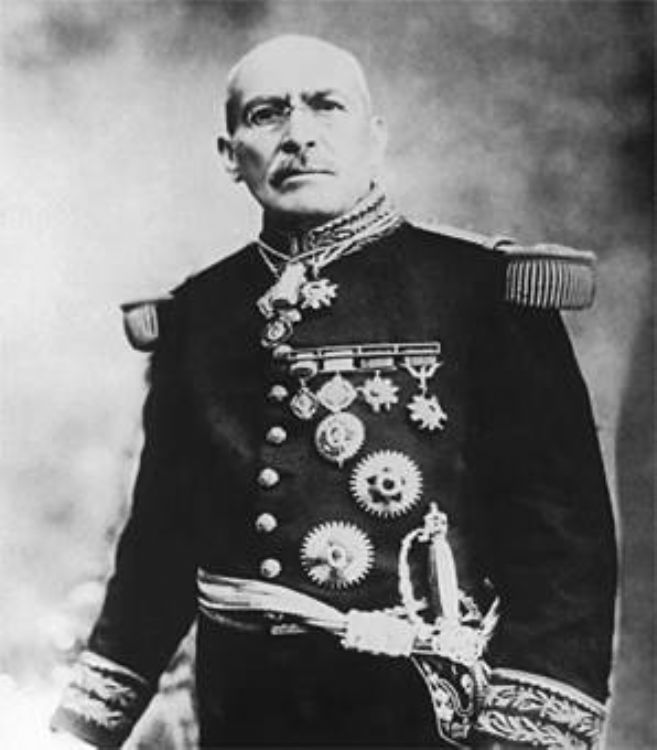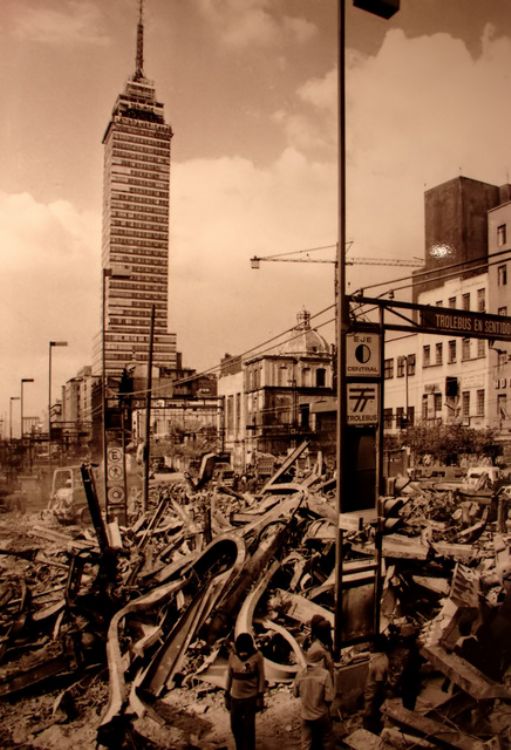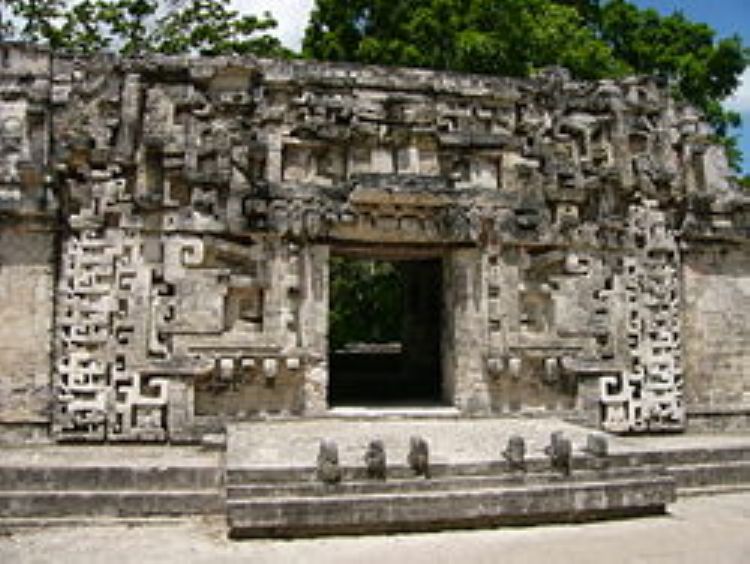The British Petroleum (BP) and the Oil Spill in the Gulf of Mexico
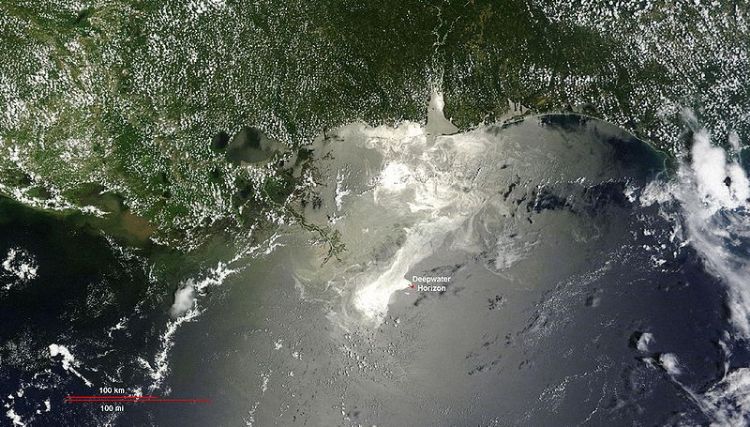
April 20, 2010, was the beginning of what could be one of the biggest ecological disasters in history. There was an explosion on the âDeepwater Horizonâ oil platform, a property leased by British Petroleum; in said explosion, 11 workers disappeared. As a consequence of the blast, the platform located 50 miles off Louisiana caught fire, and although the company had sent technicians and repair equipment to the site, the âDeepwater Horizonâ sank on April 23, 2010.
The platform was 132 meters long and 85 meters wide. Its main function was to perform drills, not to extract crude. Upon the sinking of the platform, the oil spillage was virtually uncontrollable.
The company tried to implement a series of procedures so as to contain the enormous leak, but failed in all of them. This was due to the fact that the fuel leak was massive: an estimated 160 thousands liters per day were leaking. One of the first attempts to avoid affecting the ecosystem was done by the workers and the Coast Guard of New Orleans, who were in charge of burning the oil. Submarines were also sent to try to seal the pipes and the leaking of the liquid; they tried to extract the liquid through other methods, but as these failed, society began to worry. In fact, a campaign was started in order to collect hair to be thrown into the sea and contain the oil with these hair ânetsâ.
American citizens started demanding the federal government (particularly President Barak Obama) to do âsomethingâ to stop the spill. The president announced that the company would be held responsible for all the damage caused by the accident. Therefore, a âdomeâ to contain the crude was built in May, 2010, but it turned out to be insufficient and the spill continued.
In the end, BP proceeded to combine methods, since, apart from drilling a âreliefâ well with the help of another platform, and having the liquid extracted being picked up by ships, it also used modified bacteria which devoured the crude, and they closed the well with a block of concrete.
The company paid multimillionaire dollar fines to the American government.
Ecological damage caused:
Immediately after the amount of oil being spilled out was known, different studies were carried out in order to know the magnitude of the ecological damage. By early May 2010, the surface covered with crude was 1,600 square meters. The sea currents pushed the crude to the north, toward the Louisiana coastline, consequently affecting the habitat of the coastline species and later, of the mangrove swamps.
The different photographic reports showed that among the marine species specifically affected were dolphins, stingrays, whales, 110 species of neo-tropical birds and more than 100 varieties of fish. Besides, the site where this occurred was the largest producer of shellfish for the United States.
Likewise, it economically damaged the diverse fishermen population, as sailing and fishing in the affected area was restricted a week after the spillage began. Finding themselves unable to go out to sea, some fishermen received a governmental subsidy, while most of them migrated. The population of wild shrimp, sea birds, blue crab, hermits and oysters suffered incalculable damage.
By early June, the figures changed; the spillage was much bigger: 700 million liters a day. The black stain started spreading to other states and reached Florida, Alabama and to a lesser extent, Mississippi. Partly, the extent of the oil spill grew due to the currents provoked by Hurricane Alex.
In Florida, the devastation was greater, as the estuaries and swamps in this state are more fragile than on the coast, and their biodiversity is bigger. Some groups of mollusks such as black oysters, pianguas, the already mentioned blue crab, prawn and shrimp, aside from catfish and otters, were affected.
The estuaries´ importance relies on the fact that more than 80% of the species in the gulf depended on them, directly or indirectly, at some point of their vital cycle. In the mangrove swamps, some of the damaged species were the manatee, the American alligator, the stork of the woods and several sea turtles. In terms of plants, we can mention the silver palm tree and the buccaneer palm tree.
Just a few stains of oil reached the country directly, carried by the sea currents; however, the real scope of the tragedy has not been known, partly due to the âmaskedâ figures concerning the oil spilland to the depth in which it occurred â 1500 meters. The pictures taken from the submarines showed that a large part of the oil never went up, but down to the ocean bed and moved alongside it.
The Mexican federal government sued BP for compensation on the basis of three main aspects which were damaged in the countryâs ecosystem:
- The greenhouse gases, both by the oil spill in itself and the subsequent oil-burning in the gulf.
- The reduction and damage of species that mate, migrate, and spawn along the Mexican coast, such as the Lora turtle or the whale shark.
- The poisoning of the plankton and phytoplankton (basis of the food chain) caused by the different chemical products, not only from the oil but also from the ones dumped in order to control the oil spill.
Besides, various states (Tamaulipas, Veracruz, Tabasco, Campeche and Yucatán) adjacent to the gulf, started different programs in order to protect their coast, mainly in the protected areas and the biosphere reserve. Similarly, the fishing activities were affected on the coast because organisms were poisoned by the tar spilled. Greenpeace is autonomously conducting a study to learn the actual damages caused on the area.
Artículo Producido por el Equipo Editorial Explorando México.
Copyright Explorando México, Todos los Derechos Reservados.

